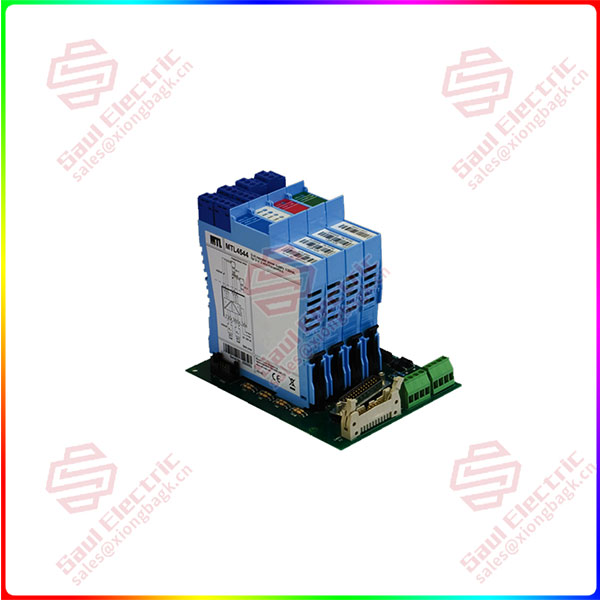Both social and economic benefits are taken into account to help the power distribution system regenerate
The core value of adaptive retrofit service is to revitalize the old distribution system under low investment retrofit, which is more valuable for the oil and gas chemical industry, public commercial construction, metallurgy and other industries with high demand for power supply continuity. Taking a large chemical group as an example, more than 2/3 of the group’s distribution rooms have been operating for more than 10 years, and the brands of 10KV vacuum circuit breakers in the distribution room are different. To ensure the safe and stable operation of the device, you need to improve the reliability of the medium-voltage circuit breaker, which is the core component of the device, and reduce the types of spare parts. In response to this demand, Schneider Electric provides an adaptive transformation solution for replacing VS1 circuit breakers with HVX circuit breakers to achieve the needs of plug and play and reduce the on-site power outage time. This comprehensive product replacement solution provides customers with Schneider Electric’s lifelong service needs, and truly brings customers the use experience of the whole life cycle of the product.

MTL4544AS
In a large hospital, faced with strict power supply continuity requirements, hidden circuit breaker failure with the increase of years, and the challenge of distribution expansion needs, Schneider Electric provided the plug and play MTZ to replace the original switch, the transformation time is only 1 hour, not only to achieve the customer’s busbar continuous power supply requirements, At the same time, it greatly exceeded the customer’s assessment of the time required for renovation.
Adaptive retrofit services replace only part of the existing equipment, and less waste needs to be disposed of than complete replacement. For example, in a typical medium voltage distribution device 12-side switchgear, such as replacing the old circuit breaker that has aged and uses SF6 (sulfur hexafluoride) as an insulating gas with a vacuum circuit breaker, it can better take into account the social and economic benefits than replacing it all:
The retrofitting of a typical 12-cabinet central pressure unit saves 799,242 megajoules of energy, 37.2 tons of carbon dioxide emissions and 35.1 cubic meters of water in the manufacturing phase compared to total replacement.
The cost of retrofitting is up to 65% lower than installing new equipment, which not only reduces equipment costs, but also avoids wiring changes and additional construction work.
Another advantage of adaptive retrofit is the digital upgrading of devices by installing sensors or connecting to a cloud platform. By connecting switchgear to the cloud, sensors can easily analyze performance data and identify operational trends, driving businesses to take action to improve performance and efficiency while reducing energy costs and CO2 emissions.
 1 Year Warranty
1 Year Warranty





